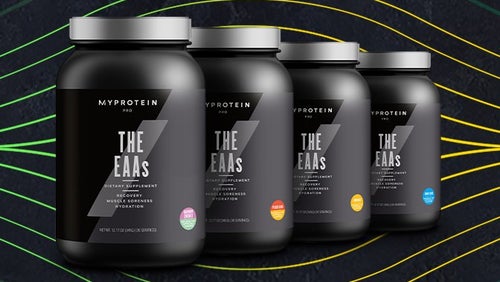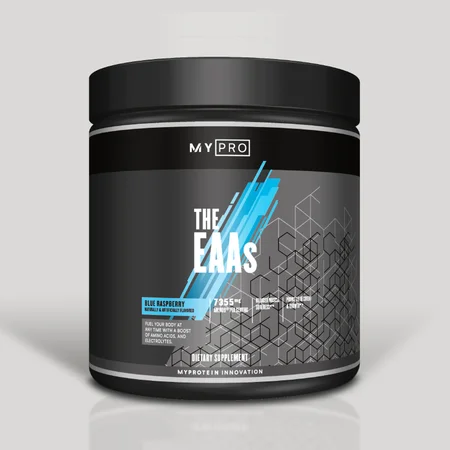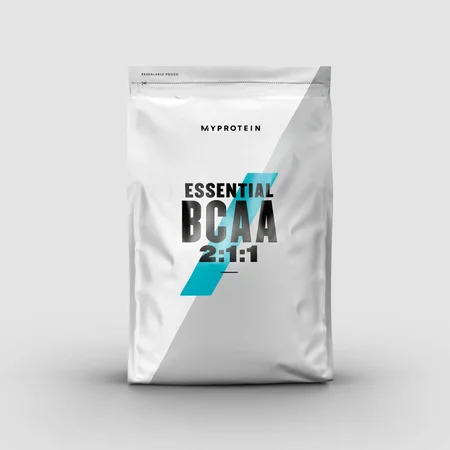
- What are the differences between EAAs and BCAAs?
- Do you need EAAs?
- Who might consider taking additional EAAs?
- When to take EAAs
What are the differences between EAAs and BCAAs?

Everything You Should Know About EAAs – Are They Superior to BCAAs?
Here, we see how BCAAs stack up to EAAs....
Do you need EAAs?
Getting plenty of amino acids in your diet is good for overall health and body function. It’s also useful for building and maintaining muscle mass, and enhancing muscle recovery or healing from injury.
Who might consider taking additional EAAs?
Regular gym-goers
If you’re trying to build muscle mass
If you follow a restricted diet
You may not be getting all of the EAAs you need if your diet is low on complete proteins, which can be the case for some vegetarian/vegan diets. Quinoa and soy are complete proteins, but some plant-based proteins don’t contain all of the EAAs.
When to take EAAs
Whether you are choosing BCAAs or EAAs, both should ideally be consumed during your workout to support your muscles as they are being stressed. Having EAAs and BCAAs available for recovery is what’s key. They may also prevent fatigue.
Take home message
READ THESE NEXT:

10 Natural Food Sources High in Amino Acids
How you can get that protein power from your daily diet....

Top 10 Supplements For Energy To Fight Tiredness
Nutritionist recommends the best supps to give you a boost....

What is Leucine? | Leucine Benefits, Dosage and Sources
The supplement to power up muscle building....

Claire is a Registered Dietitian through the Academy of Nutrition and Dietetics and a board-certified Health and Wellness Coach through the International Consortium for Health and Wellness Coaching. She has a Bachelor of Science in Biology and a Master’s degree in Clinical Dietetics and Nutrition from the University of Pittsburgh.
Talking and writing about food and fitness is at the heart of Claire’s ethos as she loves to use her experience to help others meet their health and wellness goals.
Claire is also a certified indoor cycling instructor and loves the mental and physical boost she gets from regular runs and yoga classes. When she’s not keeping fit herself, she’s cheering on her hometown’s sports teams in Pittsburgh, or cooking for her family in the kitchen.
Find out more about Claire’s experience here.
- Lopez, M. J., & Mohiuddin, S. S. (2021). Biochemistry, Essential Amino Acids. StatPearls [Internet].
- Negro, M., Perna, S., Spadaccini, D., Castelli, L., Calanni, L., Barbero, M., … & D’Antona, G. (2019). Effects of 12 weeks of essential amino acids (EAA)-based multi-ingredient nutritional supplementation on muscle mass, muscle strength, muscle power and fatigue in healthy elderly subjects: a randomized controlled double-blind study. The journal of nutrition, health & aging, 23(5), 414-424.
- Wagenmakers, A. J. (1998). Muscle amino acid metabolism at rest and during exercise: role in human physiology and metabolism. Exercise and sport sciences reviews, 26, 287-314.









